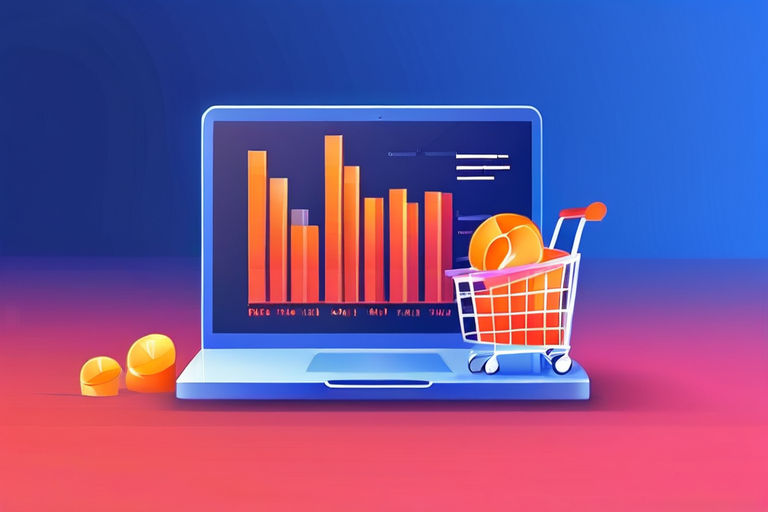Ecommerce analytics encompasses the collection, analysis, and interpretation of data from online stores to understand customer behavior, optimize the user experience, and increase sales. By effectively leveraging ecommerce analytics, businesses can make informed decisions that drive growth and improve overall performance. This guide explores the key aspects of ecommerce analytics, including what metrics to track, tools to use, and strategies to implement for maximizing the value of your data.
Understanding Ecommerce Analytics
Ecommerce analytics provides insights into every facet of your online store, from visitor behavior to conversion rates. It helps you understand how users interact with your site, what products they are interested in, where you lose them in the conversion funnel, and much more. With these insights, you can optimize your marketing efforts, improve product offerings, and enhance the overall shopping experience.
Key Metrics to Track
- Traffic Sources: Understanding where your visitors are coming from (e.g., organic search, paid ads, social media) helps you tailor your marketing strategies more effectively.
- Conversion Rate: The percentage of visitors who make a purchase. This metric is crucial for measuring the effectiveness of your site at converting visits into sales.
- Average Order Value (AOV): The average amount spent each time a customer places an order. Increasing AOV is a direct way to increase revenue.
- Customer Lifetime Value (CLV): The total revenue you can expect from a single customer throughout their relationship with your business. It helps you understand how much to invest in acquiring new customers and retaining existing ones.
- Cart Abandonment Rate: The percentage of shoppers who add items to their cart but do not complete the purchase. A high rate may indicate issues with the checkout process or pricing transparency.
- Retention Rate: The percentage of customers who return to make another purchase. A key indicator of customer satisfaction and loyalty.
Tools for Ecommerce Analytics
- Google Analytics: A powerful, free tool that provides a wide range of data about your website’s performance and user interactions.
- Heatmapping Tools: Services like Hotjar or Crazy Egg offer visual heatmaps of where users click, scroll, and spend time on your site, providing insights into user behavior.
- Ecommerce Platforms: Shopify, Magento, and WooCommerce provide built-in analytics specific to ecommerce activities.
- Customer Relationship Management (CRM) Systems: Tools like Salesforce or HubSpot track customer interactions, purchases, and engagement, offering insights into customer behavior and preferences.
Strategies for Leveraging Ecommerce Analytics
- Segment Your Data: Break down your data by demographics, behavior, or purchase history to uncover insights about specific groups of customers.
- Optimize Your Marketing Spend: Use analytics to identify the most effective marketing channels and allocate your budget accordingly to maximize ROI.
- Improve Product Offerings: Analyze which products are popular, which are frequently returned, and why, to refine your product range and stock levels.
- Personalize the Shopping Experience: Use customer data to create personalized experiences, such as targeted email campaigns, personalized product recommendations, and exclusive offers.
- Enhance the Checkout Process: Identify where customers are dropping off during the checkout process and make improvements to simplify and streamline it.
Conclusion
Ecommerce analytics is an indispensable tool for online businesses aiming to thrive in a competitive market. By systematically tracking, analyzing, and acting on your ecommerce data, you can enhance user experiences, optimize marketing efforts, and ultimately drive more sales. The key is to start with a clear understanding of the metrics that matter most to your business, select the right tools to gather and analyze data, and continuously refine your strategies based on the insights gained.
